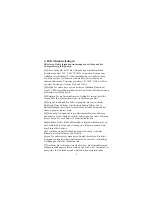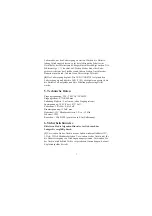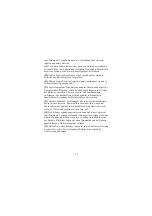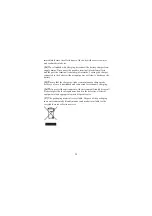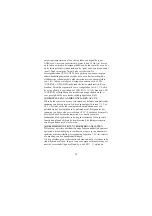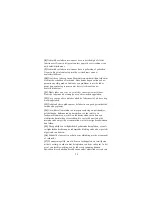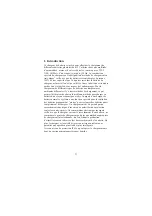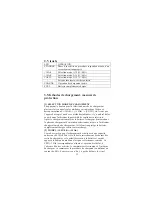
19
[15]
D
uring charging always wear safety glasses, gloves, protective
clothing and keep your face away from the battery.
[
16]
D
isconnect the input power before making or breaking
connection to the battery.
[17]
W
henever it is possible, disconnect and remove the battery from
the vehicle before charging. In case of malfunction, the charger may
output a voltage that may be harmful to the electrical system
connected. No damage to the supplied appliance/vehicle is covered by
the warranty. If battery disconnection or removal is not possible,
please follow the related safety instruction below.
[18]
I
n case the battery is connected to a vehicle, the battery terminal
not connected to the chassis has to be connected first. The other
connection is to be made to the chassis, remote from the battery and
fuel line. The battery charger is then to be connected to the supply
mains. After charging, disconnect the battery charger from supply
mains. Then remove the chassis connection and the battery connection.
[19]
C
onnect the positive terminal (red clamp) to the battery’s
positive pole first, after then connect the negative terminal (black
clamp) to the battery’s negative pole.
[20]
W
hile connecting the charger to the battery, maintain right
polarity connection and avoid short-circuiting.
[21]
N
ever touch the battery clamps together when the charger is
energized.
[22]
E
xplosion hazard! A battery being charged could emit explosive
gasses. Avoid smoking or open sparks or flames in the vicinity of the
battery. Explosive and flammable substances such as fuel or solvents
should not be kept in the vicinity of the charger or the battery.
[23]
D
anger of chemical burns! The acid in the battery is highly
corrosive. If your skin or eyes come into contact with acid,


